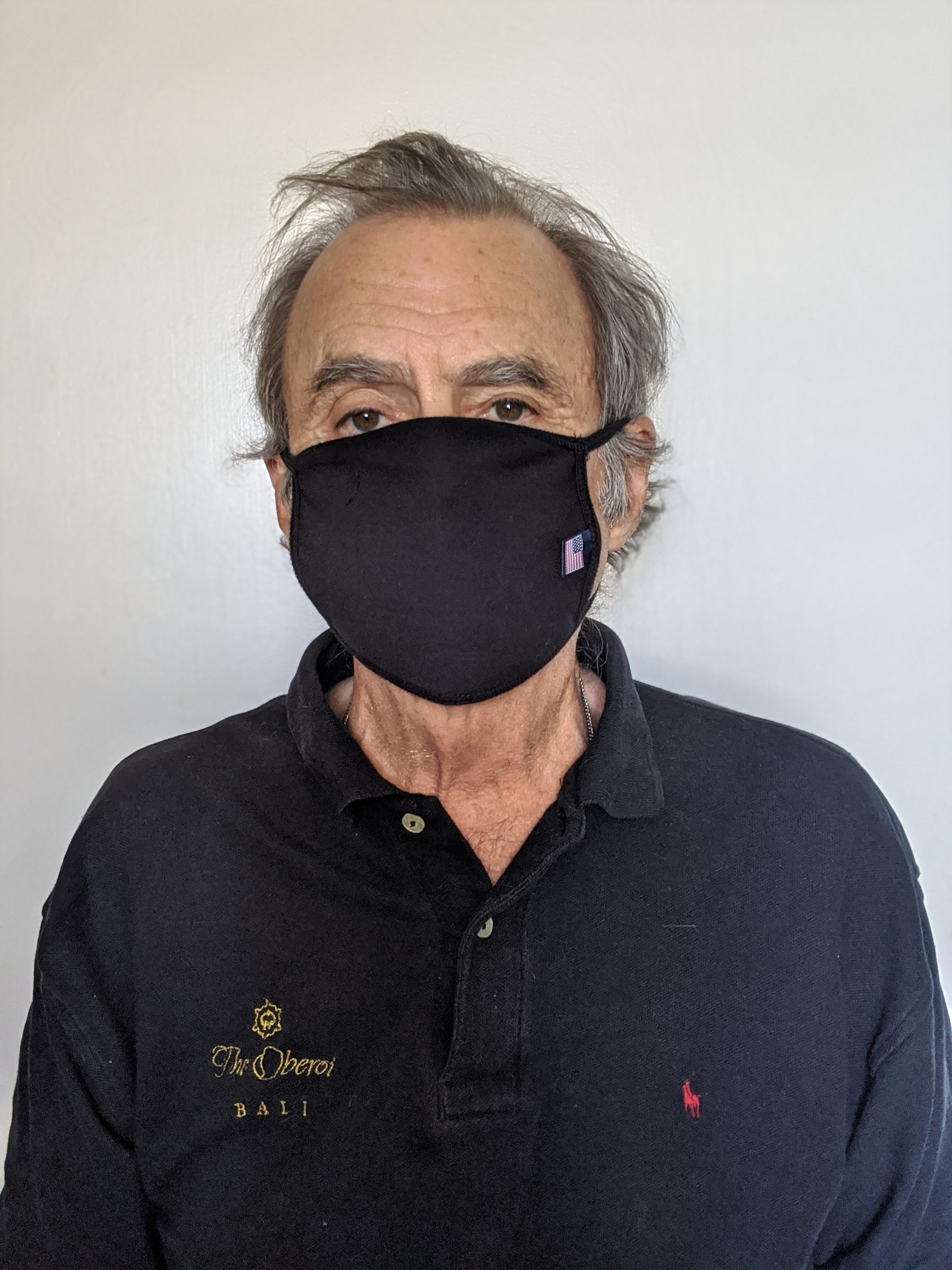CU2.0 Podcast Episode 135 Joel Schwartz DoubleCheck and NSF Fees
by Robert McGarvey
Overdraft fees are big business for most financial institutions and it’s estimated that 20% of credit union members, one in five, have an NSF annually.
The worse news is that the credit union’s NSF fee is just the start of the consumer’s pain. Joel Schwartz, founder and co-CEO of DoubleCheck, a Los Angeles company with an innovative spin on how to best handle NSFs, estimates that the NSF can lead to perhaps $175 in ripple charges such as a returned item fee imposed by the payee of the bounced check.
Ouch.
DoubleCheck has an alternative – and, hold on you protest, your institution wants to maintain its NSF income, especially in today’s economy where loan interest rates are anemic.
Schwartz gets that. He describes DoubleCheck as the financial equivalent of traffic school in the context of a speeding ticket. Go to traffic school and, usually, that wipes out the pain of an increase in insurance premiums.
What DoubleCheck’s tool does is offer the consumer realtime options for dealing with the consequences of an NSF such as offering the opportunity to use a credit card to make good on the check or ACH, therefore it doesn’t look like a bounced item to the payee. Whoosh, that $175 in ripple charges may vanish.
DoubleCheck charges $20, an amount it typically splits with the credit union – so in fact the credit union income goes up.
Sounds good? It gets better. The DoubleCheck tools – which make the NSF process transparent to the consumer – may help a credit union duck class action suits that claim discriminatory processing of NSFs.
There’s a link in the show notes to a recent Navy Federal $16 million settlement involving NSF charges.
There’s also a class action suit in progress. Link in the show notes.
Meantime, Schwartz predicts there will be Congressional action to limit NSF charges, a topic of much interest to Senator Cory Booker. See the link in the show notes.
DoubleCheck tools may help a credit union recoup some income that may be capped by federal action.
Mentioned in the show is SECU’s NSF policies. The charge is $12 but the member gets a two day window without charge to clear up the issue. (Here’s a link to a podcast with Jim Blaine, the retired SECU CEO.)
Like what you are hearing? Find out how you can help sponsor this podcast here. Very affordable sponsorship packages are available. Email rjmcgarvey@gmail.com
And like this podcast on whatever service you use to stream it. That matters.
Find out more about CU2.0 and the digital transformation of credit unions here. It’s a journey every credit union needs to take. Pronto



